China has launched a series of offensive actions in the South China Sea (SCS) including the establishment of administrative districts in disputed islands, sinking a Vietnamese vessel, and deploying an aircraft carrier to the region.
These reflect China’s regional ambitions, particularly its aim to secure ownership of 85 per cent of the SCS under the ‘nine-dash line’- a claim that clashes with the United Nations Convention on the Law of the Sea’s (UNCLOS) definition of an exclusive economic zone (EEZ).
The ultimate goal for the Chinese People’s Liberation Army Navy (PLAN) is to break out of the ‘first island chain’, which starts from Japan (in the north), and ends at the Philippines, covering all of China’s ‘near-seas’.
(This) will allow China a gateway to the Pacific Ocean, and a platform to further challenge the US.
Over the past few decades, the SCS has been home to various territorial and maritime disputes.
Comparatively speaking, it is easier for the Chinese Navy to exploit the weakness of the US Navy in the SCS than the Yellow and the East China Seas.
While the US does not have any naval bases in the SCS, the PLAN is better equipped and has tremendously enhanced its capabilities in recent years.
Between 2015 and 2017, the PLAN launched almost 400,000 tonnes of naval vessels, about twice the output of US shipyards in the same period.
Chinese troops stationed in Hainan Island can reach both Spratly and the Paracel Islands faster than US troops stationed in Guam. To successfully expand its influence out of the first island chain, the PLAN has to become the dominant power in the SCS.
The Chinese government’s recent actions were attempts to fill up the power vacuum left by the US in the SCS.
On 27 March, the USS Theodore Roosevelt carrier strike group (CSG) of the US Navy arrived at the naval base in Guam, leaving the Philippine Sea with no US military forward deployment.
The group had no choice but to leave the Philippines owing to a COVID-19 outbreak onboard that infected a quarter of its crew.
The pandemic thus undeniably impaired the US’ operational capability in the region, especially prominent patrols to ensure freedom of navigation.
China has sought to occupy this vacuum created by the diminished US maritime presence.
Further, Southeast Asian countries and the US are concentrating their efforts to deal with COVID-19, which has impacted focus on other areas, such as surveillance over Chinese political and military movement.
China has replicated this aggressive approach with Vietnam and Malaysia as well.
On 3 April, a Chinese maritime law enforcement vessel rammed and sank a Vietnamese fishing boat near the Paracel Islands.
China’s Haiyang Dizhi 8 initiated a survey within Malaysia’s EEZ, near the site West Capella has been drilling in since mid-April.
On 13 April, the Liaoning aircraft carrier and five escorting warships sailed across the Miyako Strait to conduct a long-range training exercise in an area close to southern Taiwan in the SCS.
Through the scale of the military exercise, China aimed to demonstrate that the pandemic had not paralysed the PLAN, unlike other navies.
Additionally, the Chinese State Council approved the establishment of two administrative districts in the Paracel and the Spratly Islands.
The combination of both political and military measures suggest that China is determined to formulate a Beijing-led maritime regional order, replacing the US, and becoming the leading power in the SCS.
China’s provocative actions demonstrate the PLAN’s growing maritime patrolling and monitoring capabilities. They also serve as signals to the US and its regional allies that Beijing is well-quipped to take on the vacuum left by Washington, and that its navy is capable of gradually blocking all countries’ freedom of navigation in the region.
China might militarise the Paracel Islands, such as through the deployment of DF-21D anti-ship ballistic missiles (ASBMs), to increase its chances of breaking through the first island chain.
Beijing has undertaken such actions since 2014, when it transformed seven reefs and rocks into artificial islands in the Spratly Islands by constructing airstrips and port facilities.
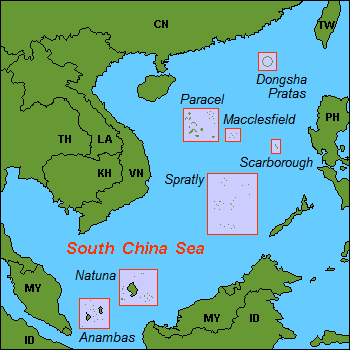
China will continue its naval build-up to ensure sufficient monitoring and administrative capabilities over the Paracel and Spratly Islands.
With the continuous deployment of more advanced naval vessels, including the Renhai (Type 055) cruiser and the Luyang III (Type 052D) destroyer, the PLAN is narrowing the gap with the US Navy in terms of both quantity and quality.
Alongside increased production, Beijing may come to have the power to impede other countries’ freedom of navigation, and increase the costs of any potential intervention by the US.
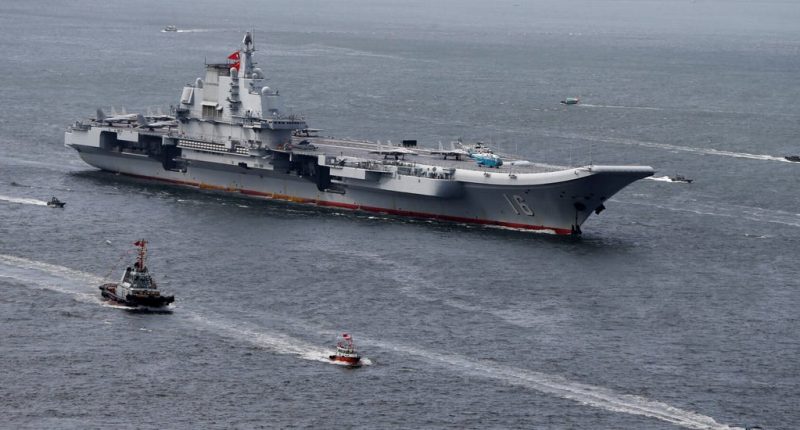

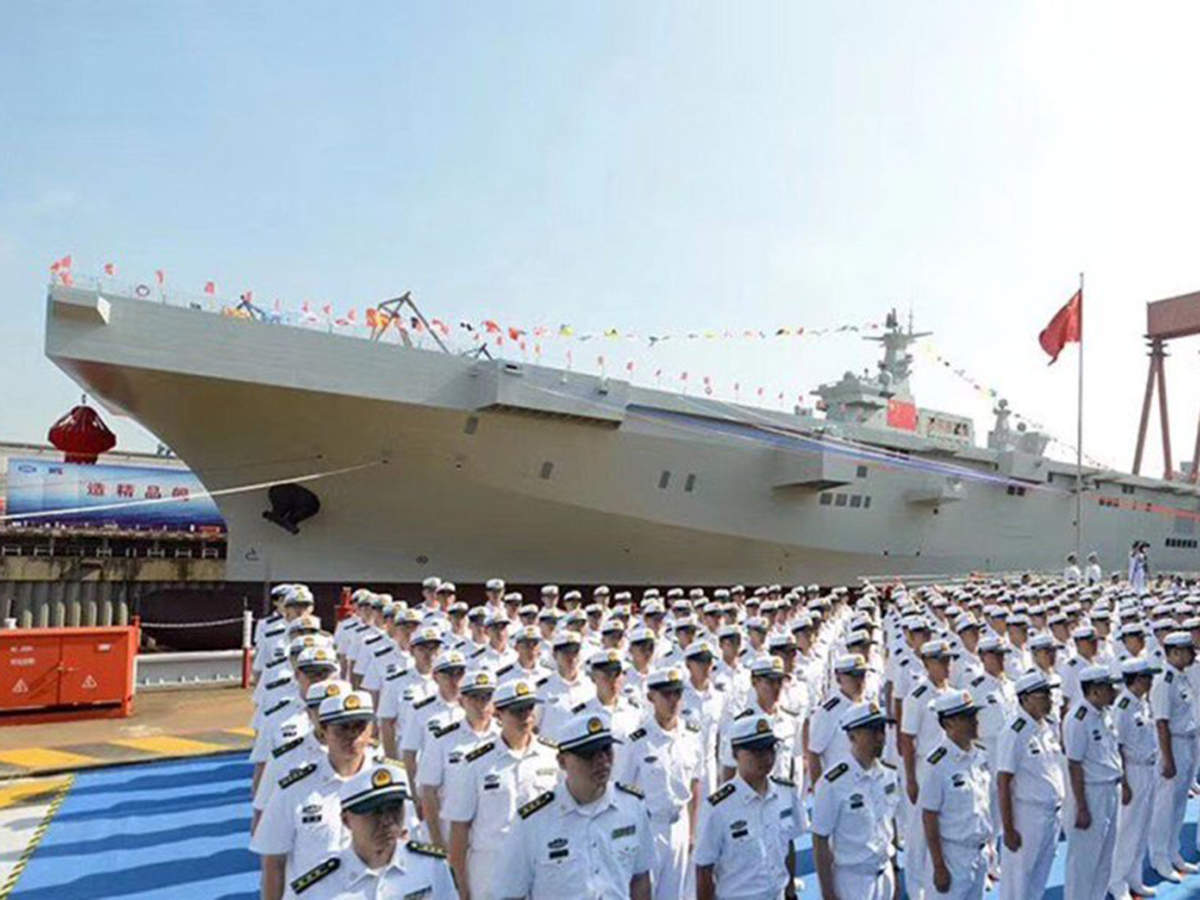
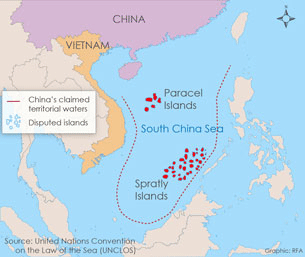
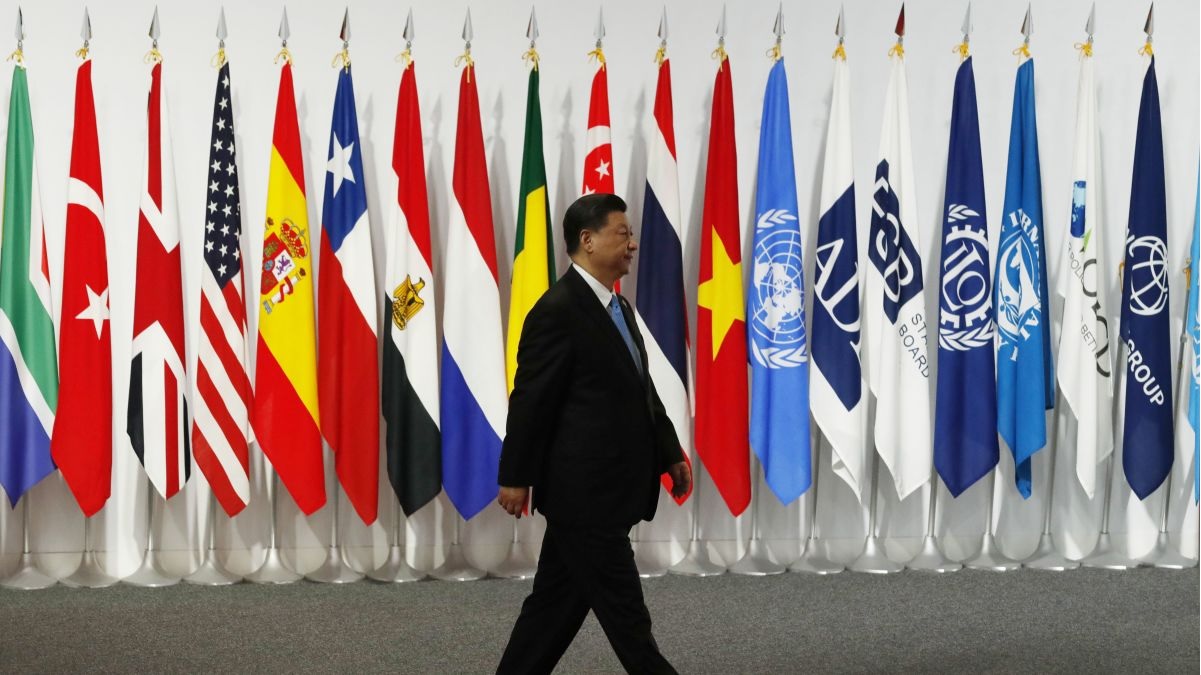
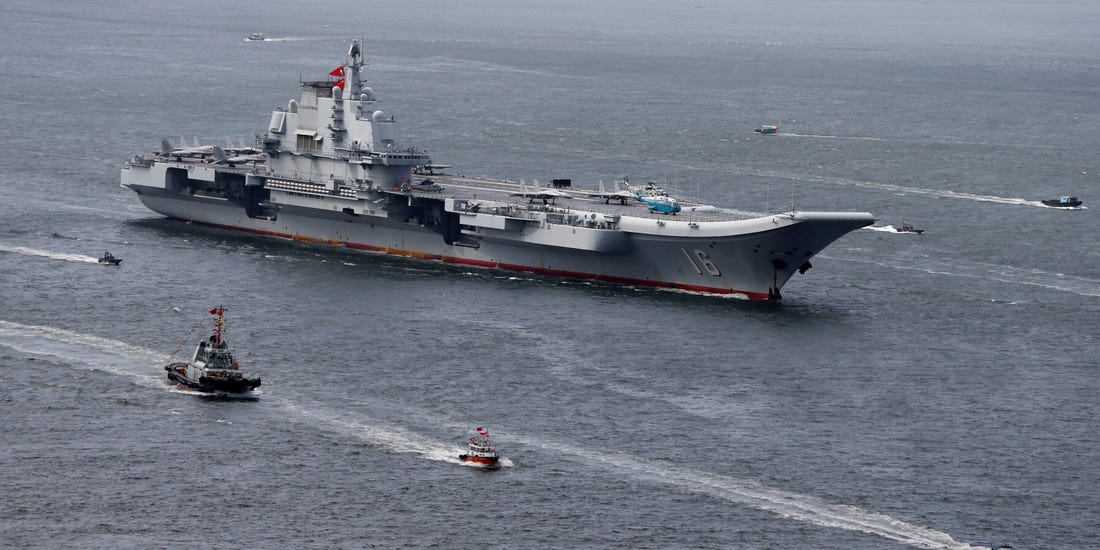

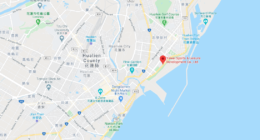
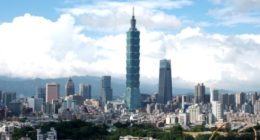





Comments are closed.